Aprile 2019
Con il report di viaggio che segue andremo in un Paese non solo sconosciuto ai più ma di cui non si sente spesso parlare. Sono certa, però, che dopo aver letto le impressioni di Roberta sul Libano, a più di qualcuno di voi verrà voglia di andarci…
Lebanon: cedars and ruins – April 2019
Through the following travel report, we will discover a country that is not only unknown to most but that we don’t often hear about. Anyway I am sure that after reading Roberta’s impressions on Lebanon, more than one of you will want to go there …
Avevamo deciso già a dicembre che saremmo andati in Libano, tre amici di Gallio ed io. Eravamo attratti soprattutto dalla sua storia più recente, di cui tutti avevamo ricordo nelle cruente scene del telegiornale degli anni Ottanta: una lunga lotta di potere dominata da fedi religiose, che aveva devastato soprattutto il cuore pulsante del Paese, l’affascinante Beirut.
My friends from Gallio and I had already decided in December that we would want to have a tour of Lebanon. We were attracted especially by its most recent history facts, whose gory images we all had memories of through the TV broadcast in the 80s: a long fight for power led by religious beliefs that had devastated above all the beating heart of the country, the fascinating Beirut.
Proprio nella capitale avevamo il nostro quartier generale, da cui ci spostavamo ogni giorno in pullman verso le altre bellezze del piccolo stato del Medio Oriente, ancor oggi conosciuto come la terra dei cedri.
Right in Beirut we had our headquarters, which we left by bus every day to reach the other beauties of the small country in the Middle East, still known as the land of cedars.
Beirut è una città seducente che offre scorci sul mare azzurro e su vertiginose scogliere e, al contempo, su fantasmi di palazzi squarciati da colpi di mortaio accanto a moderni e lussuosi complessi residenziali. La sua storia è tutta lì, nell’accostamento di ruderi e lusso, ragazze in niquab a passeggio con appariscenti giovani donne vestite all’occidentale, animata vita notturna del centro e grigia periferia.
Beirut is a seductive city offering glimpses of light blue sea and dizzy cliffs, of ghostly buildings gutted by mortar fire next to modern luxury apartment complexes. Its story is all that: ruins and wealth, girls wearing niquab along with flashy young women dressed in the Western way, lively night life in the city centre and dull suburbs.
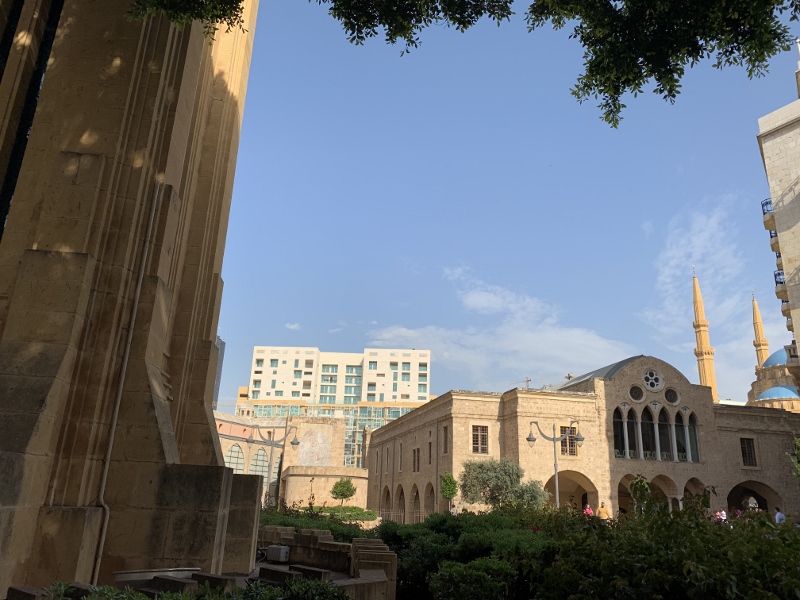
Chiesa greco-ortodossa di S. Giorgio e Moschea Blu dietro – S. George’s greek orthodox church and the Blue Mosque behind it
La sensazione che si percepisce in generale in tutto il Libano è di un equilibrio fra realtà complesse estremamente diverse fra loro. Non è raro trovarsi a visitare un sito archeologico dell’epoca romana, ascoltando in lontananza il canto della preghiera serale del muezzin, mentre, nelle immediate vicinanze, si intona una litania liturgica in una chiesa cristiano-maronita.
The overall feeling in Lebanon is one of complex realities, completely different from each other, and yet in balance. You often happen to be visiting an archaeological site of the Roman times, while hearing a muezzin’s evening prayer in the distance and, at a time, a litany intoned in a Maronite Christian Church nearby.
Ecco alcune considerazioni sui luoghi da non perdere.
Following are some hints about the places you must see in Lebanon.
A mio avviso valgono già da sole l’intero viaggio. Imponenti, impressionanti, magiche. Mi è parso di entrare un un girone dell’inferno dantesco. Il momento più emozionante è stata la breve navigazione del lago sotterraneo, fra stalattiti e acque purissime, in quel silenzio che ci si aspetta nelle viscere della terra.
E’ vietato fare foto: imprimere bene nella vostra memoria questo straordinario spettacolo della natura non sarà, comunque, difficile.
In my opinion a trip to Lebanon is well worthy even only to visit the Jeita Grotto: impressive, enchanting, grand. I felt I was in one of Dante’s hell circles. The most exciting moment was boating on the pure water of the underground lake among stalactites, in that kind of absolute silence you expect in the Earth’s womb.
Taking pictures is forbidden, but you will easily imprint that beautiful natural spectacle on your memory.
BYBLOS
Decisamente la città che mi ha più affascinata. L’antichissimo insediamento dell’epoca fenicia si affaccia sul mare ed offre un sito archeologico immerso nel verde. Un castello crociato domina con le sue mura la piccola e vivace città, nelle strette vie della quale è divertente fare shopping.
BYBLOS
It’s definitely the city that most charmed me. The ancient Phoenician site faces the sea and has an archaeological site surrounded by green fields and trees. A Crusader castle overlooks the lively small city, where it’s funny to go shopping through tiny lanes.
TIRO & SIDONE
E’ bello, a Tiro, camminare su di una autentica strada dell’epoca romana in una giornata calda di primavera. Tiro impressiona con il suo ippodromo romano, mentre a Sidone si respira un’aria medievale grazie alla romantica fortezza crociata adagiata sul porto. A Sidone non mancate di visitare lo splendido palazzo ottomano Debbane e il grande caravanserraglio Khan al-Franj, perfettamente ristrutturato.
TYRE & SIDON
It’s so nice in Tyre to walk on a true ancient Roman road on a warm spring day! Tyre impresses visitors for its Roman hippodrome, whereas in Sidon there’s a Medieval atmosphere due to the romantic Crusader fortress nestled at the port. In Sidon don’t forget to visit the magnificent Ottoman palace Debbane and the wide caravanserai Khan al- Fanj, perfectly restored.
Anche in queste città pullulano le botteghe ed i venditori ambulanti: a Sidone abbiamo assaggiato per la prima volta gli squisiti baklava al pistacchio e noci, appena usciti dal forno: una vera delizia!
In both cities there’s a colourful swarm of shops and street vendors, too: in Sidon for the first time we tasted the exquisite baklava of pistachios and nuts just out of the oven: such a deliciousness!
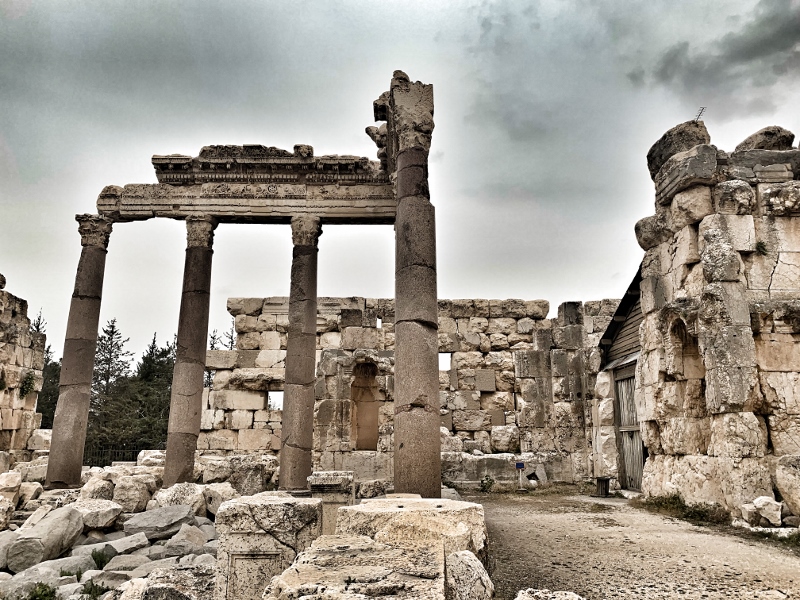
Baalbeck, un particolare dei resti all’interno del sito archeologico – a detail of the ruins in the archeological site in Baalbeck
BAALBECK, LA CITTA’ DEL SOLE
Tutto è rosa a Baalbeck. O, perlomeno, questo è il ricordo che ho io di quella mattina nuvolosa in cui entrammo nel meraviglioso sito archeologico che ospita, fra i numerosissimi altri reperti, anche il tempio di Giove ed il tempio di Bacco, conservati in maniera stupefacente.
Baalbeck si trova in terra di confine con la Siria: a mano a mano che ci si avvicina, infatti, si intensificano i posti di blocco militari. Piccoli bambini siriani profughi chiedono l’elemosina lungo la strada trafficata. E’ il volto doloroso di tanta parte del Medio Oriente.
BAALBECK, THE CITY OF THE SUN
Everything is pink in Baalbeck. Or, at least, this is the memory I treasure of the cloudy morning we entered the marvellous archaeological site that hosts a temple of Jovis and a temple of Bacchus, astonishingly well preserved, among many other remarkable finds.
Baalbeck is situated in a borderland with Syria: the nearer you come, the more military checkpoints you will see. Little Syrian children beg for money on busy streets: it’s the sad side of many regions in the Middle East.
ANJAR
Il sito di Anjar è un piccolo gioiello dell’architettura araba. I suoi archi omayyadi campeggiano nel cielo terso e nella vegetazione ricca di piante e di fiori.
ANJAR
The Anjar site is a pearl of the Arabian architecture. Its Umayyad arches soar in the cloudless sky and in the grass full of flowers and plants.
Fuori dall’antico sito si trova una piccola tenda adibita a gioielleria: la comunità armena insediata in questa regione è famosa per il suo prezioso argento venduto a peso. Lì non ho potuto resistere e ho acquistato due bracciali finemente lavorati, che ora mi ricordano il mio bel viaggio in Libano.
Outside the site there is a small tent used as a jewellery: the Armenian community that live in that region is famous for their precious silver handicraft jewels sold by weight. I couldn’t help buying two bracelets, finely wrought, which now remind me of my beautiful trip to Lebanon.
Roberta Forte

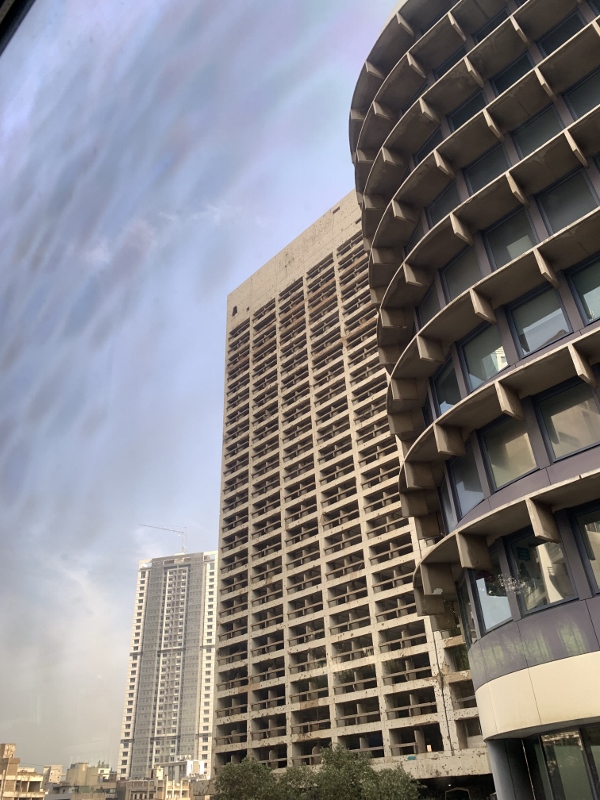
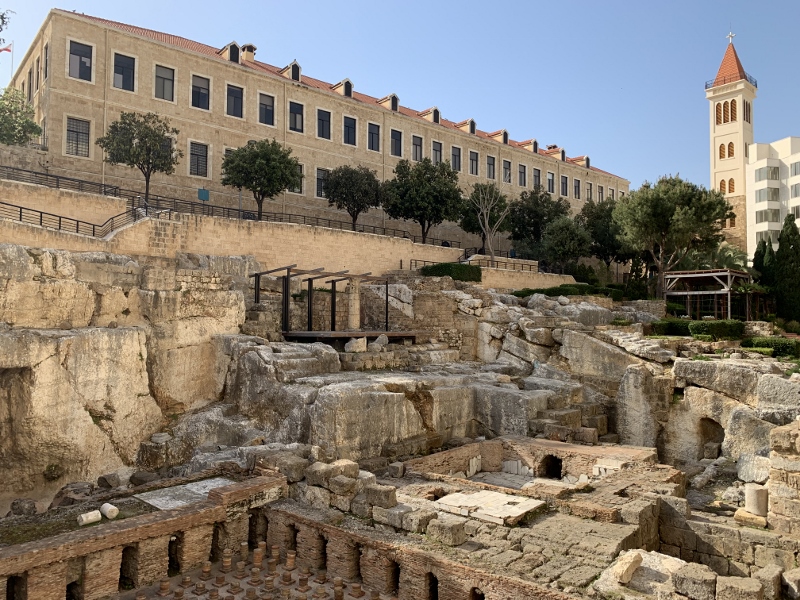

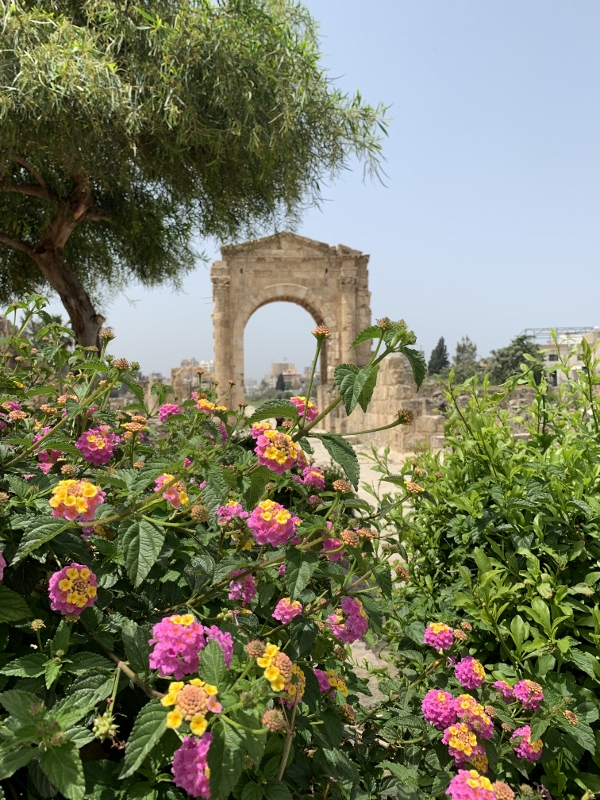
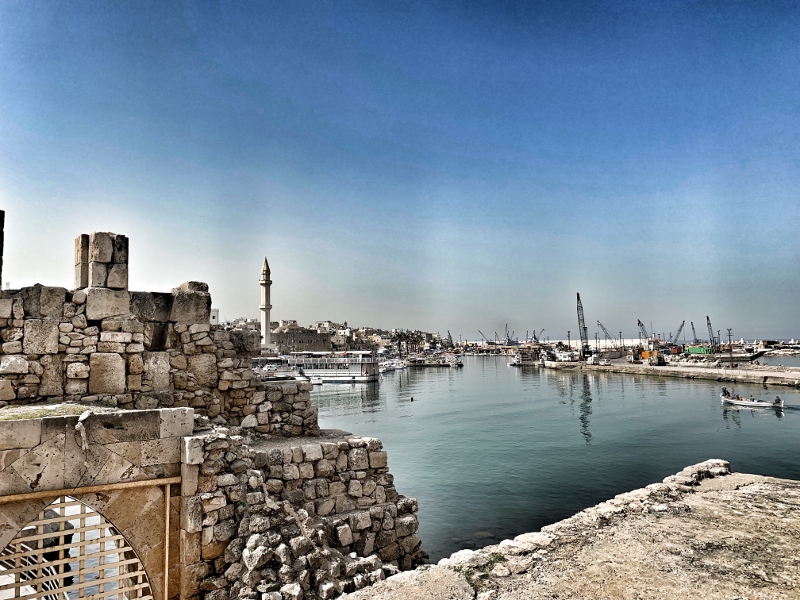
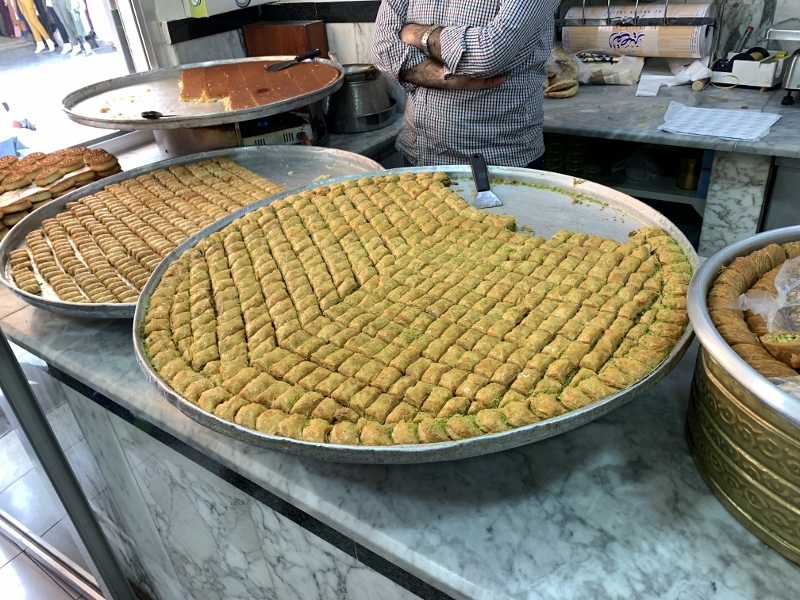
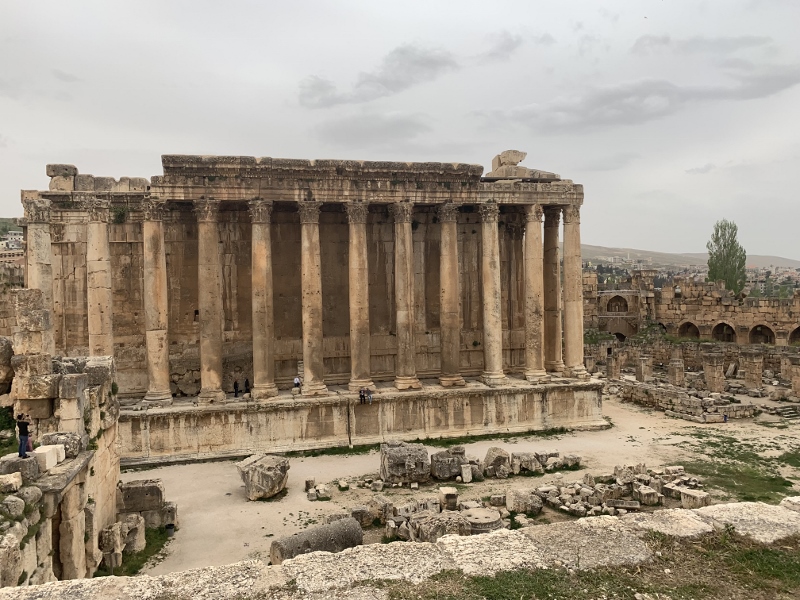
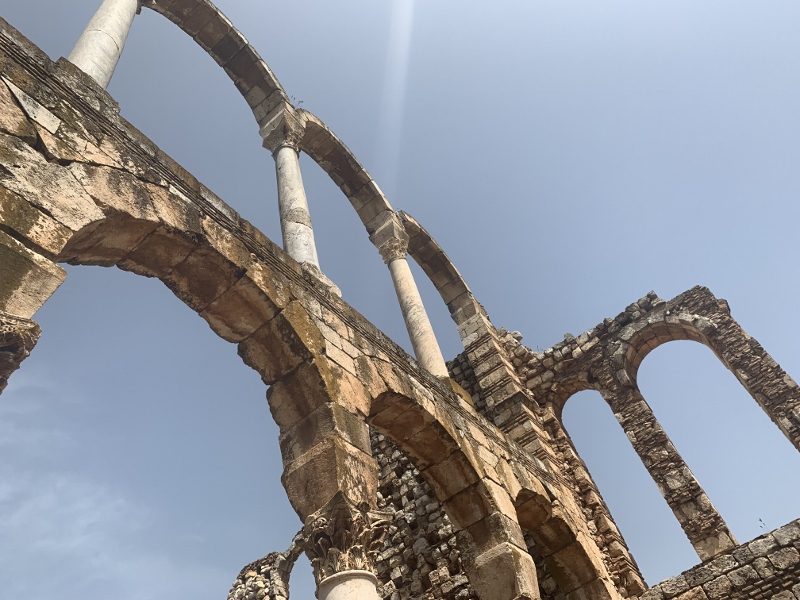
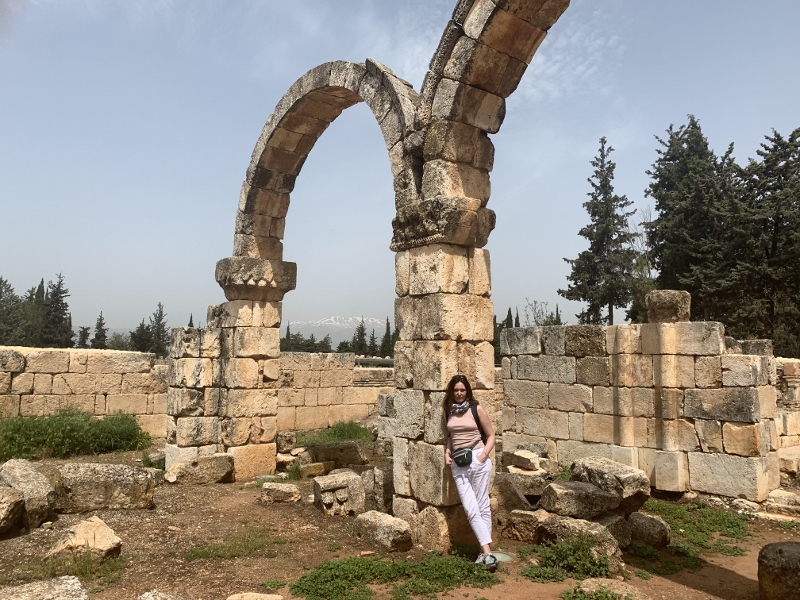
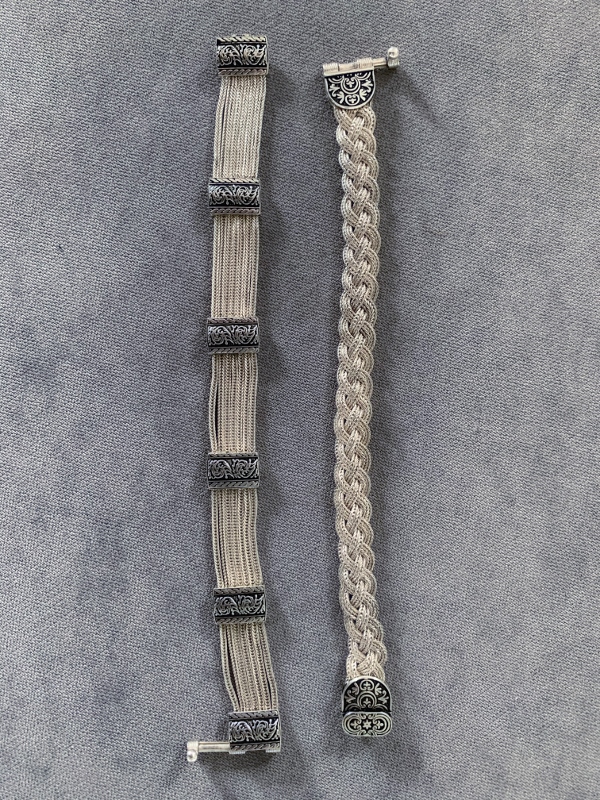
Complimenti! Articolo molto interessante!
Grazie, Paola!
Devo dire che mi hai sorpresa con questo post. Il Libano è una meta davvero insolita, mai presa in considerazione e in tutta onestà non avevo idea di quali bellezze culturali e naturali racchiudesse in sé. Ti ringrazio per avermela fatta scoprire!
Grazie, Alessia. Anche il viaggio per arrivarci di per sé è breve. Un paio di ore di volo da Roma, se non ricordo male.
Per me le grotte e i baklava al pistacchio sono già ottimi motivi per partire per il Libano. Ci avevo pensato un paio di anni fa, è ora di rispolverare l’itinerario di viaggio!
Sì, Erica, deve solo passare questo periodo di incertezze. Speriamo di tornare presto tutti sulle piste di decollo!
Una meta che fino ad ora non abbiamo mai preso in considerazione, ma tanti che ci sono stati ce ne hanno parlato super bene e direi che questo articolo tolga ogni dubbio! ;)
Ciao Elisa,infatti il bello di questi blog è che le esperienze degli altri aprono orizzonti che altrimenti ci rimarrebbero chiusi!
Anche nel mio blog, Claudia che è stata in Libano ha parlato di tutte queste tappe nella sezione taccuini. E’ veramente una meta insolita e che vive svariate contraddizioni, penso come anche altri Paesi confinanti del Medio Oriente.
Ciao Maddalena, il Libano è visitabile in una settimana. Da Beirut si raggiungono tutte le mete con poche ore di pullman, senza dover cambiare albergo ogni giorno. Nel tour che ho descritto abbiamo visitato anche Beittaddine e Deir el Kamar, di cui però non ho parlato per non rendere l’articolo troppo lungo. Sono anche quelle due tappe molto interessanti e panoramiche.
È una meta insolita che però mi ha sempre affascinato. Leggendo questo post mi hai convinta a farci un pensierino più strutturato! Vedremo!
Sì, infatti, come dicevo è anche poco impegnativa: poche ore di volo e qualche giorno per scoprire un piccolo angolo di Medio Oriente dai tratti originali.
Complimenti Roberta! Leggere il racconto del tuo viaggio mi ha messo la voglia di partire di nuovo per mete lontane! Un abbraccio!
Ciao Monica, grazie! Ti auguro di andarci presto con la tua famiglia!
i gioielli in argento di questa comunità sono davvero molto belli, ne presi uno alla fiera dell’artigianato a milano anno fa e lo custodisco come fosse un cimelio
Sì, molto particolari. Che dolore vedere un Paese straziato da una sciagura simile..in questi giorni per televisione si vedono immagini di una Beirut come non la si vedeva dagli anni 80. Tristissimo…
Ciao bellissimo questo pezzo sul Libano. Siccome vorrei andare con mia moglie in febbraio più o meno 8/10 gg. hai consigli per : Hotel 3 stelle economico comodo in centro come base – 2 un contatto con un autista/ guida locale affidabile per escursioni giornaliere ? grazie mille.
Ciao Enrico, io mi sono appoggiata ad una agenzia di viaggio, pertanto non ho contatti diretti là. Spero che passerete una bella vacanza!